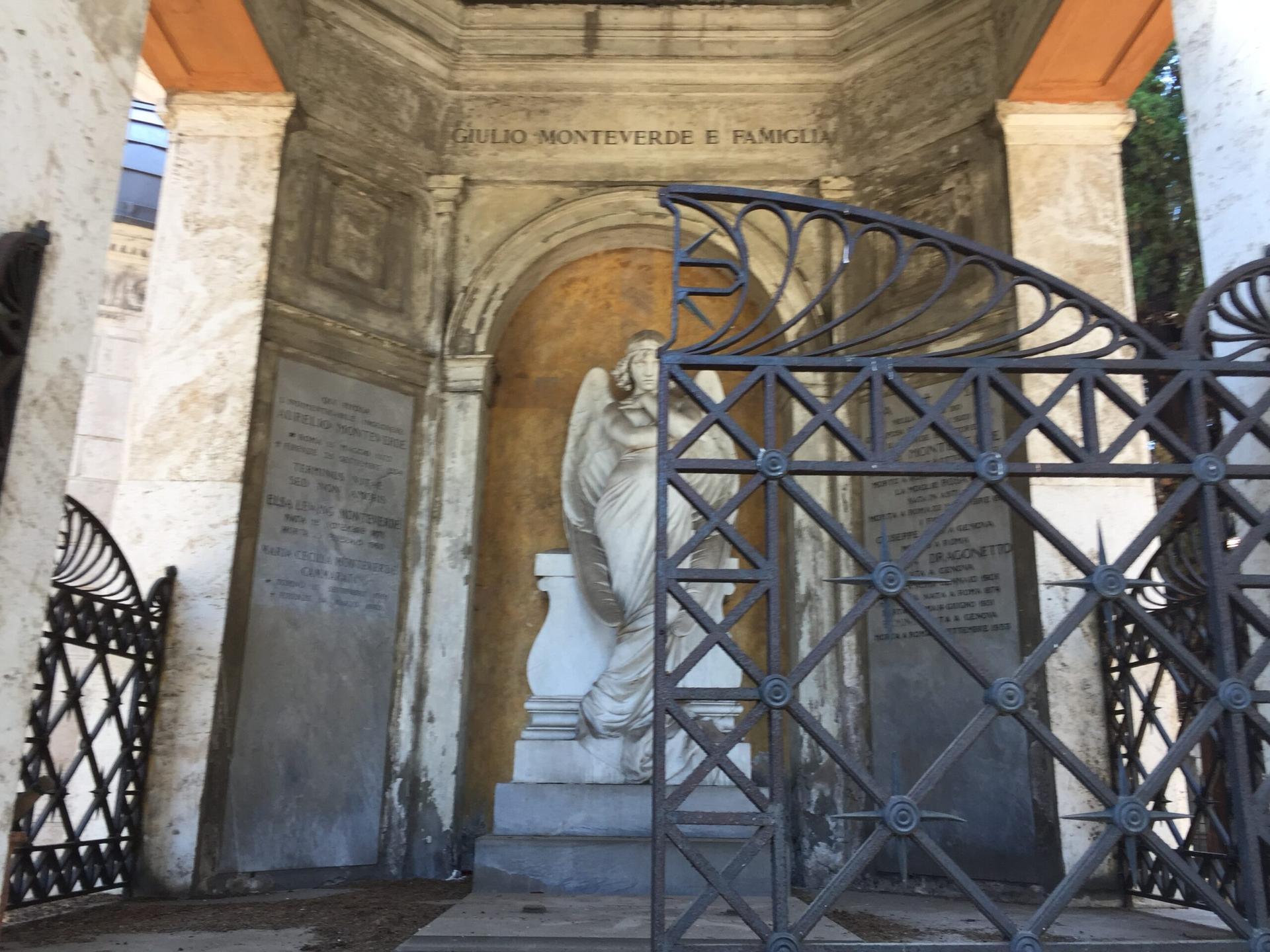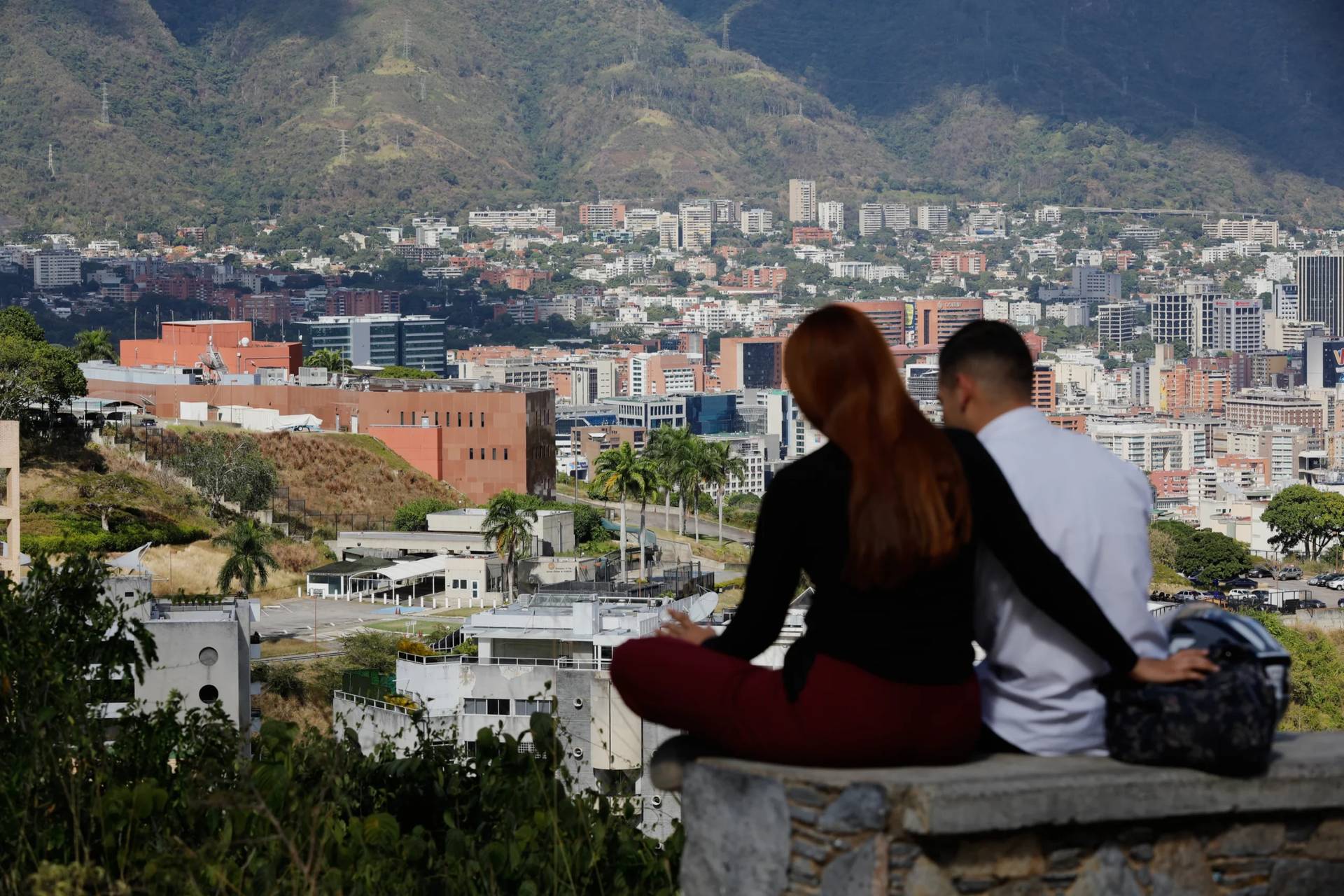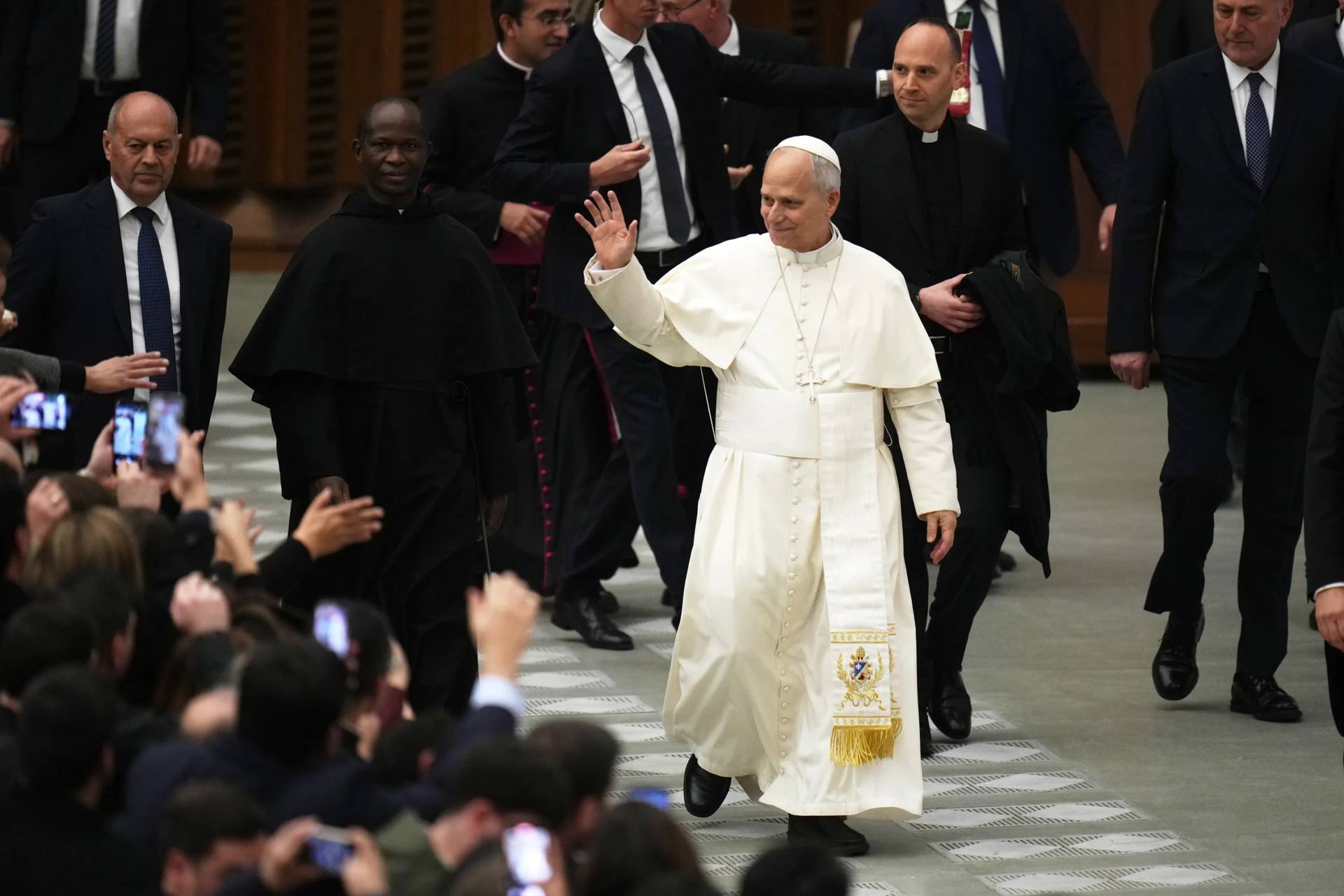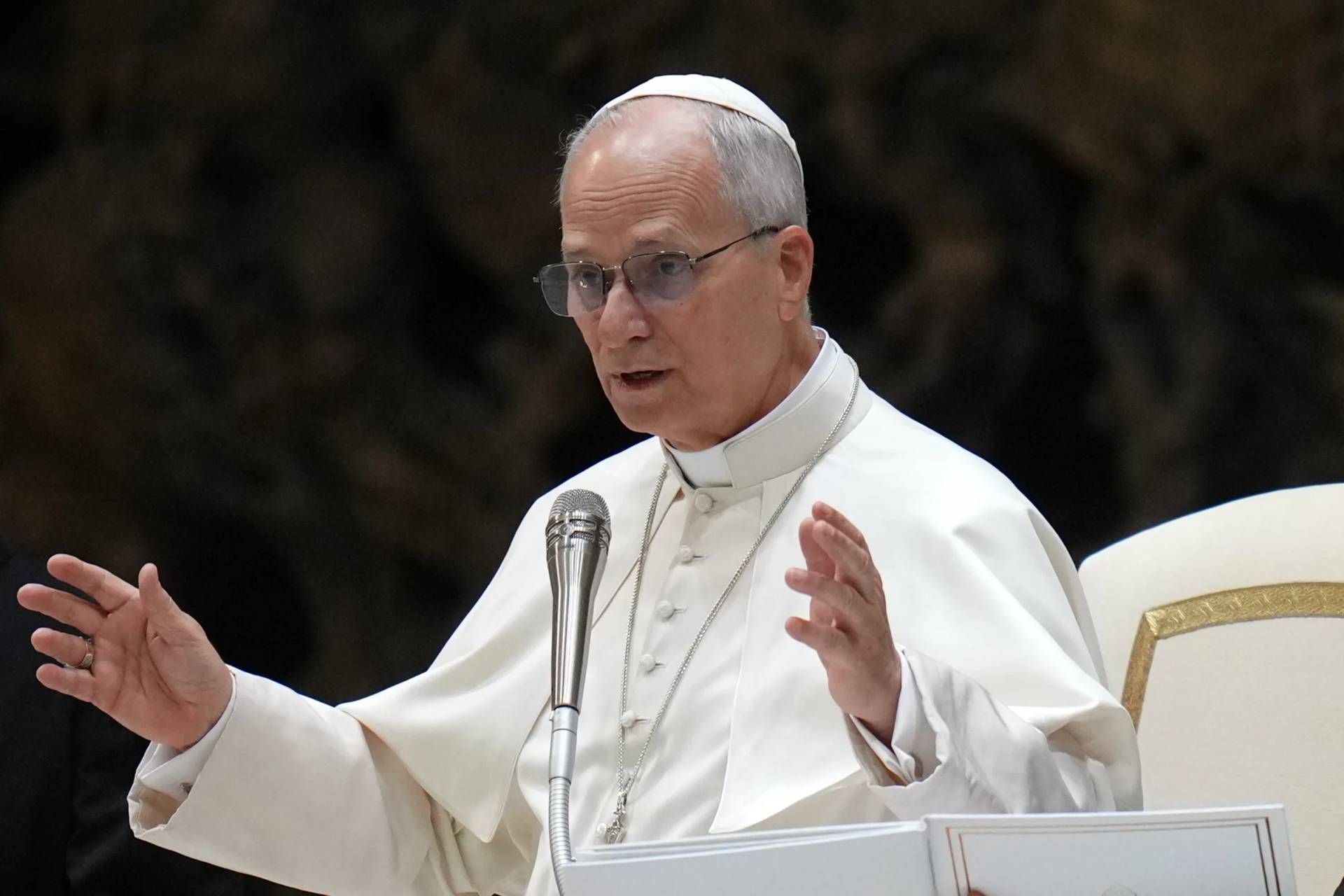ROME – As I’ve observed before, the “Vatican girl” case, referring to the 1983 disappearance of a 15-year-old girl in Rome whose father was a minor Vatican employee and whose family lived in a Vatican apartment, is the Italian version of the Kennedy assassination, meaning the country’s most notorious unresolved mystery.
Both have become magnets for crackpots, conspiracy theorists and hucksters, whose every purported revelation is given a predictably vast media echo. Whole industries have grown up, driving a steady stream of book sales, TV and movie ratings, social media traffic, and speaking fees.
Tragically, of course, the endless speculation does little other than to prolong the agony of the families involved and to frustrate serious efforts to get to the truth.
This background comes to mind in light of the latest purported bombshell regarding the fate of Emanuela Orlandi, dubbed the “Vatican girl” by a popular Netflix series. In keeping with the bizarre nature of most such plot twists, this one involves a can of green paint, a bit of graffiti in a Roman cemetery, and an exercise in speculative symbology worthy of The Da Vinci Code.
In a nutshell, here’s the story.
Two months ago, groundskeepers discovered three objects in Rome’s famed Campo Verano cemetery, tucked behind a 19th century statute of an angel: A can of green paint, a car key, and a 500 lira coin (basically worth a quarter in the old Italian currency.) Not long afterwards, a bit of graffiti was discovered on a nearby stone tablet marking the tombs of two families named Donati and Pace. The painted scrawl, believed to be a year or so old, read “Zoff 15-1-91.”
While all that likely would seem basically meaningless to most people, not so for adepts of the “down the rabbit hole” dynamics of conspiracy thinking.
To begin with, the graffiti was written in green paint of the same basic color as that found in the can, which seemed to link the two discoveries. Second, both the objects and the graffiti were located about a half-mile from the burial spot of Katy Skerl, a 17-year-old girl who was strangled to death in Rome in 1984.
Two years ago, police acting on a tip opened her tomb and found that her coffin was missing.
In the speculation surrounding Orlandi’s fate, her case often has been linked to Skerl’s given that Skerl was a classmate in a Roman high school of Snejna Vassilev, the daughter of one of three Bulgarian functionaries in Rome initially accused of complicity in the 1981 assassination attempt against St. John Paul II, and who were also at one point considered suspects in the Orlandi case.
Moreover, a Roman photographer named Marco Accetti, who’s repeatedly claimed to have played a key role in the Orlandi affair, generally without producing any proof, has asserted that Skerl was killed on the orders of a Vatican faction that was also behind the Orlandi disappearance.
Ipso facto, in the logic of a mystery story, the mysterious objects link to Skerl, and Skerl links to Orlandi. Thus, we come to the symbology.
To begin with, for most Italians the word “Zoff” in the graffiti automatically brings to mind Dino Zoff, probably the most famous goalie in the history of Italian soccer. (For an American equivalent, it would be like spray-painting “Kobe” on a wall … we’d all think of the late basketball star.)
An enterprising local reporter contacted a professor of funereal art at a Roman university, who suggested that invoking the memory of a goalkeeper suggests a reference to protecting something, in this case perhaps a secret buried in the adjacent tombs.
As for the date in the graffiti, the reporter noted that Jan. 15, 1991, was when the Italian government issued a new law regarding kidnappings for purposes of extortion and the protection of witnesses in such cases. (It was also, by the way, the date of a solar eclipse and the U.S. deadline for Saddam Hussein to withdraw his forces from Kuwait, but neither of those coincidences fit the speculative narrative.)
Two other points have garnered attention.
First, one detail of the statue where the objects were found is that the angel, who has the face of a young female, is depicted wearing a headband. That’s significant because many photos of Orlandi also show her wearing a headband, so much so that she’s popularly known in Italy as la ragazza con la fascetta, or “the girl with the headband.”
Second, as indicated above, the names of the two families whose tombs are located where the objects and graffiti were found are “Donati” and “Pace.” If you turn those names into an Italian sentence, it becomes donati pace, or “give yourself peace” … which, inevitably, the professor interpeted as a coded message suggesting that something lies within the tombs that would grant a final peace to Orlandi.
It’s entirely possible that, sooner or later, investigators will open the tombs.
It hardly would be the first time that’s happened in the Orlandi case: In 2012, the crypt of a Roman mobster who’d been linked to the case, and who was buried in a local basilica, was pried open by investigators, while in 2019, two tombs were opened in the Vatican’s Campo Teutonico after the Orlandi family received an anonymous tip.
In both cases, nothing relevant to Orlandi’s fate was found.
In the meantime, one hopes that less fanciful efforts to get to the bottom of things will continue. At the moment, three separate investigations regarding Orlandi and yet another teenage girl who vanished around the same time, Mirella Gregori, are at least theoretically open: One launched by the Italian parliament, one by Rome’s chief prosecutor, and one by the Vatican’s own Promoter of Justice.
Those probes are important for two basic reasons.
First, because Italy has a chronic problem with missing persons, especially children. According to “Lost in Europe,” Italy has the highest number of missing unaccompanied minors on the continent, with more than 22,000 such cases over the years still unresolved.
The notoriety surrounding Orlandi risks making her case seem unique, when, in reality, it’s a symbol of a much more widespread problem.
Second, the families of those missing children deserve the best efforts of all involved to deliver, if not justice, at least closure. If nothing else, perhaps breathless speculation about enigmatic graffiti and cryptic symbols will at least serve the purpose of keeping the pressure on.















